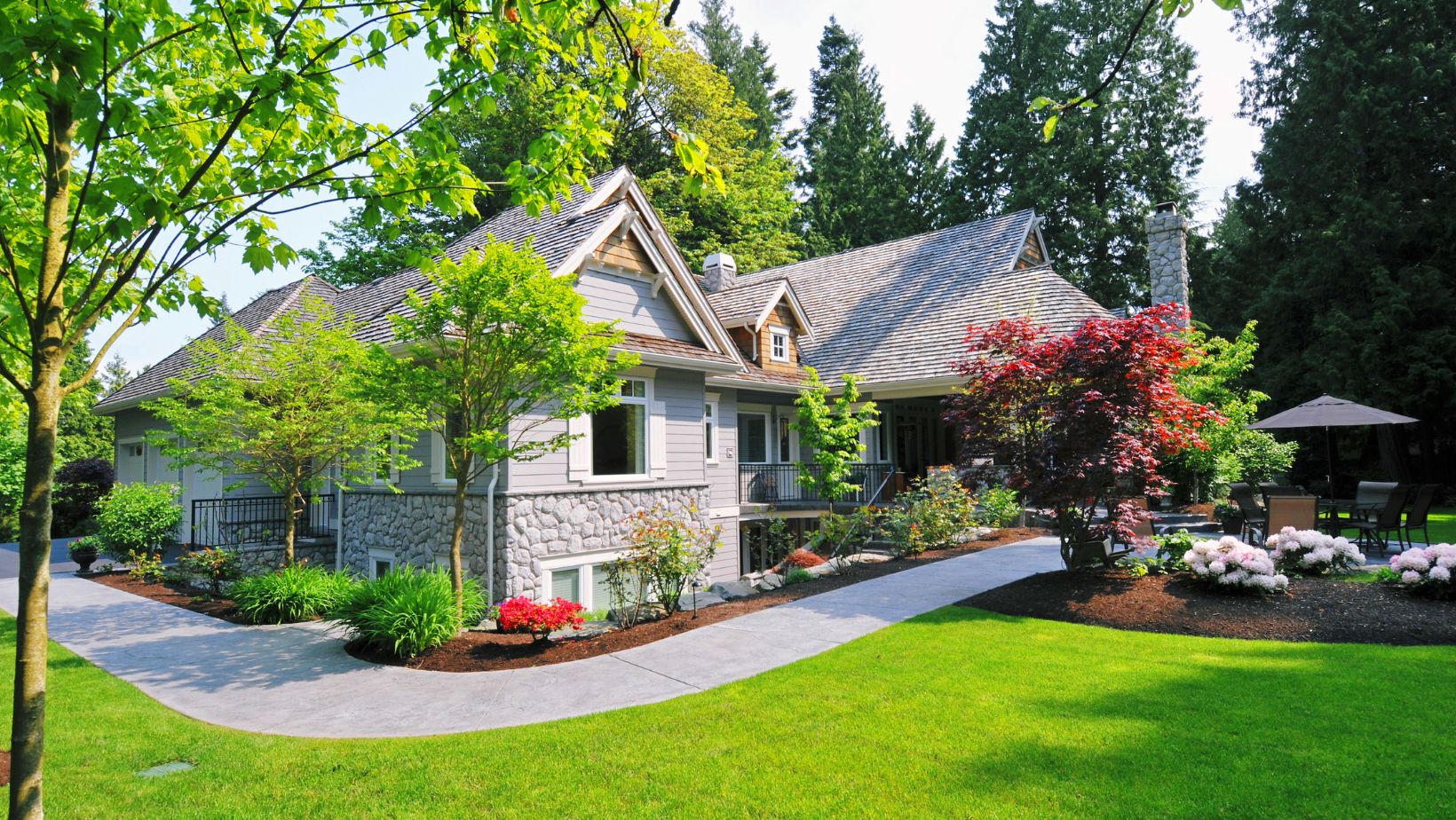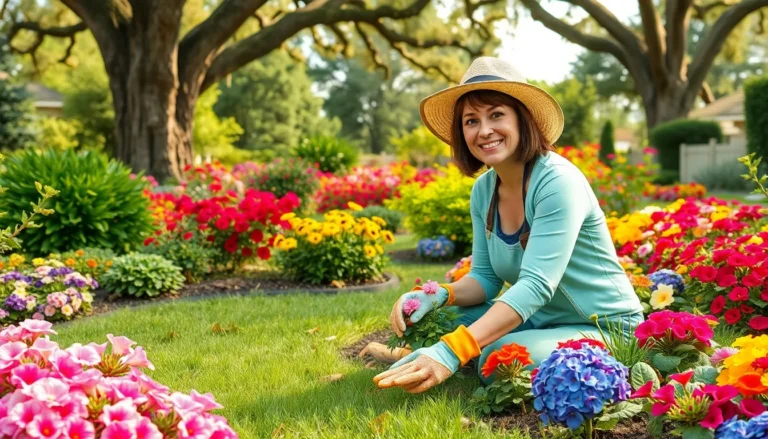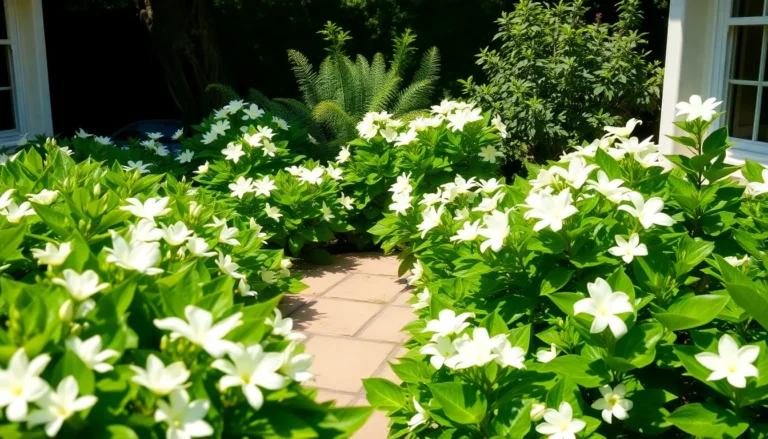If you share your home with a dog, cat, or both, then you know the backyard is more than just outdoor space—it’s a playground, a toilet, a sunbathing deck, and sometimes a stage for full-blown zoomie performances. The trick is figuring out how to keep it looking like a tidy garden instead of a trampled paddock.
A well-planned landscape can do both: offer your pets freedom and comfort while keeping your garden neat, green, and lovely to spend time in. Whether you’re starting from scratch or making a few tweaks to an existing setup, here are some grounded tips to help you build a pet-friendly backyard that doesn’t sacrifice style.
1. Rethink the Ground Cover
Grass is a go-to choice, but not all lawns are created equal when it comes to pets. If you’ve got a digger or a sprinter, high-traffic areas can get patchy fast. Some grass types hold up better under paws than others—Buffalo grass, for example, tends to be tougher and more drought-resistant than finer varieties.
That said, it’s worth thinking beyond turf. Hardy ground covers like dichondra, native violets, or creeping thyme can handle light foot traffic and create a soft, green carpet that’s easier to maintain. These options are also low-growing and don’t mind a bit of rough-and-tumble play.
For pathways or worn-down zones, you can lay down pea gravel, decomposed granite, or pavers with gaps of low-growing herbs in between. These surfaces help define walking routes while keeping the overall look more polished.
2. Provide Real Shade (Not Just the Patio Umbrella)
Pets feel the heat more than we do—especially dogs with thick coats or low-slung bellies that brush the warm ground. Shade is essential.
If your backyard doesn’t have natural tree cover, you can plant fast-growing native trees or shrubs along the fence line to create pockets of cool shade over time. In the meantime, shade sails, climbing vines over trellises, or a simple canopy stretched over a corner of the yard can give pets somewhere to retreat from the sun.
Cats, in particular, love a sunny perch followed by a shady escape. Set up a few levels—raised platforms, a garden bench, or a flat-topped planter—for them to leap onto and observe their kingdom.
3. Create a Designated Play Zone
One of the best ways to protect your plants and garden beds is to give your pets their own space to muck around. If your dog is a digger, set up a small digging pit filled with sand or loose soil. You can bury a toy or treat to encourage them to use it instead of your veg patch.

For more active breeds, consider a clear, open run—a straight or looping path around the garden where they can do laps. This doesn’t have to be obvious. Use low hedges or staggered plantings to guide movement, and line the track with durable materials so it holds up over time.
Make the play area more inviting with:
- A small water feature or splash tub
- A toy basket or hanging tug ropes
- A shaded snooze spot nearby
- A pet tracker clipped to their collar, especially useful if your backyard is large or unfenced.
This not only helps redirect their energy but also keeps wear-and-tear concentrated in one part of the yard.
4. Fence It Right
Safety first: make sure your boundaries are pet-proof. That means no gaps under the fence, latches that dogs can’t paw open, and vertical slats that cats won’t climb through like they’re in a heist movie.
If you’re building new fencing, go with materials that blend into your garden style—like timber slats, woven bamboo screens, or hedging for a natural look. For cats, there are angled fence toppers that make climbing out much harder.
Also, consider a few visual barriers within the yard. If your dog tends to bark at neighbours or chase every car that goes past, adding shrubs or a trellis along the fence line can break their line of sight and reduce reactive behavior.
5. Choose Plants Wisely
This one’s important: Many common garden plants are toxic to pets. Avoid anything that shows up on lists of hazardous plants—lilies, sago palm, oleander, azalea, and foxglove are some of the big ones to steer clear of.
Instead, lean into pet-safe options that still give you colour and shape. Some good choices include:
- Camellia
- Snapdragons
- Marigolds
- Rosemary
- Banksia
- Lilly pilly
Raised garden beds or low fences around delicate areas can also help protect your prized plants from curious noses and paws.
6. Water and Cooling Features
A small water bowl hidden under a shady bench works fine, but why not go a step further? A pet-friendly fountain or low-set birdbath with clean water can become a garden feature while giving your animals somewhere to hydrate or cool off.

Just make sure the water stays fresh and shallow enough to be safe. Avoid anything too deep or steep-sided if you’ve got smaller pets.
7. Tidy Up with Intent
Storage matters when you have animals roaming the yard. Keep garden tools, chemicals, and potting supplies locked away. If you use fertilizer or pest control, stick to pet-safe or organic options—and avoid cocoa mulch, which smells like chocolate but is toxic to dogs.
Even compost bins can become snack spots for dogs if they’re not sealed off. Choose a secure bin or build a small fenced enclosure to keep curious pets out of the scraps.
Final Word
Your backyard should work for everyone who lives there—and that includes the four-legged family members. With some thoughtful layout choices, the right materials, and a bit of patience, you can turn your garden into a space that’s both good-looking and pet-friendly.
A pet-friendly landscape doesn’t need to be a sacrifice. It can be a beautiful, layered, and useful space that’s better because it’s shared.




